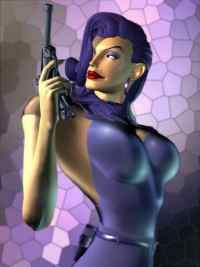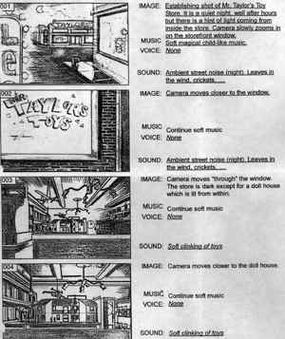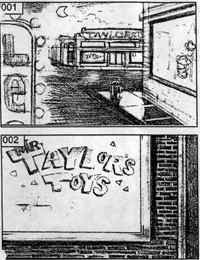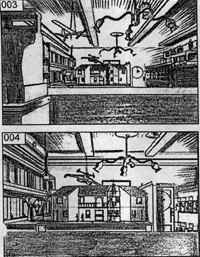Planning the Game
The preproduction team generally includes each of the following people:
- Director
- Designer
- Software Engineer/Programmer
- Artist
- Writer
Sometimes a team won't have every one of these people and other times it will have more than one person in a particular category. Another person assigned to the game from the outset is the producer. While the director provides the overall vision and direction for the game and is in charge of managing all the team members, the producer is in charge of the business side. For example, the producer maintains the production and advertising budgets and makes sure that the game stays within the limits of those budgets.
Advertisement
The first thing that the preproduction team does is develop the story line for the game. Think of this like writing the outline for a novel. The story line identifies the theme of the game, the main characters and the overall plot. Also, areas in the game where a full motion video (FMV) sequence would help the story along are established. An important part of developing the story line is knowing the nature of the game. This means that the game designer is typically involved from the very beginning; he or she is responsible for things like:
- Identifying traits and features of the game
- The type of gameplay and user interaction that is developed
- How the game will use the technology available on a particular platform (video game system or computer)

Portal Runner is a linear game. This means that you follow a predetermined path and accomplish specific goals to complete the game. The pattern of the game is: FMV1, Play1, FMV2, Play2, FMV3, Play3 and so on until the end. Each play portion has a different look, theme and goal, all of which combine to form the game world. Linear play makes the story line much easier to create than it would be for a game that branches or has multiple endings. Branching games can contain a series of paths that all lead to the same ending. Even more difficult are branching games that can result in one of several different endings, depending on the path taken. Of course, the type of game largely determines what the story line and style can be. A puzzle or sports game would not require as detailed a story line as a 3D action or role-playing game.
Once the story line is developed, the team creates a set of storyboards. A storyboard is a collection of still drawings, words and technical instructions that describe each scene of the game. These include storyboards for the FMV sequences that introduce the story and continue it between the periods of actual gameplay. Here's an example:



Close-up view of the storyboard images
In addition to storyboarding the game, the designers will map out the different worlds, or levels of play, within the game during the preproduction phase. The attributes of each world and the elements contained within it are pulled directly from the story line.
